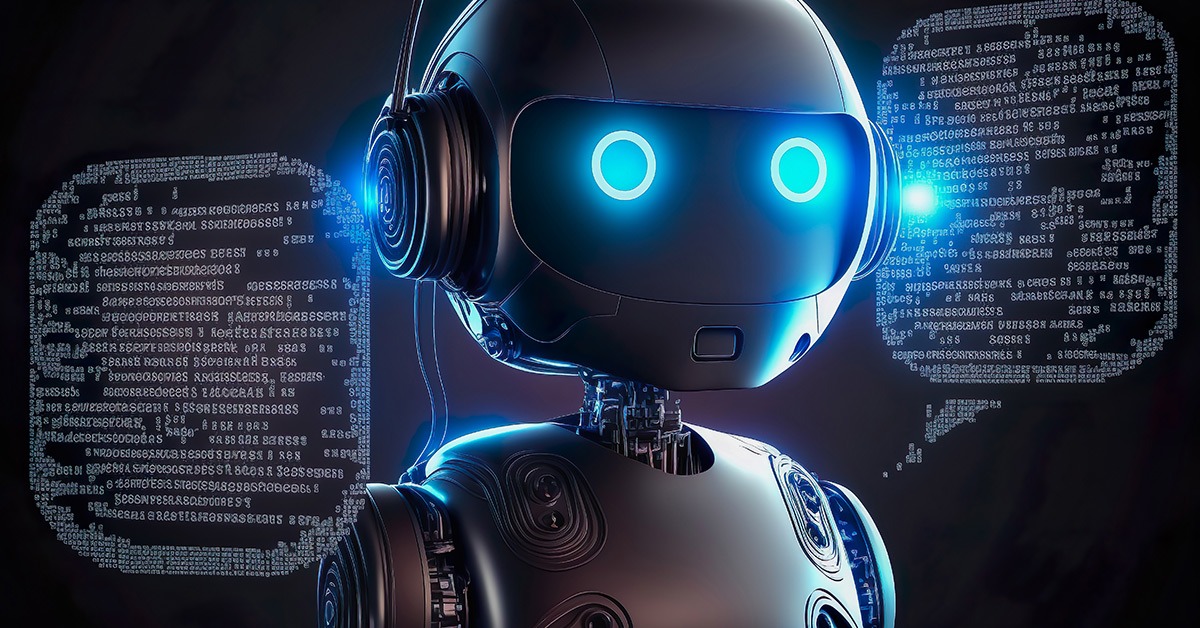In early 2023, AI apps took a quantum leap forward. Spearheaded by ChatGPT, other ground-breaking tools have been popping up in its wake.
They include Lensa, which morphs uploaded photos into works of art. Another AI contender is DALL-E-2, which turns words into beautiful images, worthy of any book cover.
Who Uses ChatGPT?
Like other language-generating apps, ChatGPT can be used by a wide range of people and organizations. Some enthusiastic ChatGPT users include:
Customer service centers: Many companies are using ChatGPT to power their customer service chatbots, allowing customers to get quick answers to their questions without the need for a human agent.
Educators: ChatGPT can be used by educators to generate personalized learning materials, answer student questions, and provide personalized feedback on their assignments.
Developers: ChatGPT can be used by software developers to create conversational interfaces, chatbots, and other types of AI-powered applications that require natural language processing.
Researchers: Language models like ChatGPT can be used by researchers to study various aspects of natural language processing, including language understanding, machine translation, and sentiment analysis.
What Languages can ChatGPT Speak?
A multi-lingual app, ChatGPT can understand and generate text in many languages. However, its proficiency varies, depending on the resources available in each language. The models used by ChatGPT are trained on huge text datasets drawn from many sources, so its linguistic abilities are limited by its training data.
Some of the languages that ChatGPT can currently understand and generate include English, Spanish, French, German, Portuguese, and Italian. It also works in Chinese, Japanese, Korean, Arabic, and Russian.
However, ChatGPT’s language proficiency also depends on the amount and quality of data available in each language. This means that the app will probably not be able to work with texts in dialects or languages in which it has not been properly trained.
What Jobs Could ChatGPT Do?
Although sophisticated, ChatGPT is just an AI language model. Not intended to replace jobs, it is rather designed to enhance human activities in many fields.
They include:
Customer Services: automating routine interactions with customers, like making appointments, listing prices and delivery dates, and answering other frequently asked questions.
Writing and Editing: generating steady streams of good quality content for social media, websites, blogs, and other digital platforms, it can also streamline proofreading and editing.
Translations: by translating texts from one language to another in real time, it helps people and businesses communicate more effectively with people from all over the world.
Financial Analysis: by analyzing massive amounts of data and generating reports, it offers financial analysts insights into market trends, investment opportunities, and risk assessment.

See how Transmyt can drive massive amounts of growth for your business.
-
SEO – Unlock massive amounts of traffic.
-
Content Marketing – Our team creates engaging content that will get shared + attract customers.
-
Paid Media – Effective paid strategies with clear ROI.
-
Website Development – Cutting-edge technology platforms.
Where Will AI Be by 2030?
In this rapidly evolving field, it’s hard to predict where the technology will be in two years, let alone seven. However, based on current trends and ongoing research, here are some potential areas where AI may see significant advances in the next few years:
Natural language communications: AI language models like ChatGPT are already quite advanced, but there is still plenty of room for improvement. Even more accurate and sophisticated language models are in the pipeline, to understand and generate more complex responses.
Healthcare: already used to help diagnose diseases and develop new treatments, AI may be poised for further breakthroughs in this field. AI could help doctors make more accurate diagnoses by analyzing medical data and listing recommendations. It could also identify new drug candidates, and personalize treatments based on individual patient data.
Computerized vision: as AI algorithms become increasingly adept at recognizing and interpreting visual information, driving significant advances in this area. This could lead to applications in fields like self-driving cars, robotics, and augmented reality.
Robotics: with AI-powered robots already used in manufacturing, logistics, and healthcare, even more advanced models are on the drawing board, performing more complex tasks and interacting more naturally with human beings.
AI Ethics and Regulation
As AI becomes more pervasive, demands will rise for ethical and regulatory frameworks that ensure this technology is used responsibly and for the benefit of society. Significant progress is urgently needed in this area. Governments, businesses, academics, and other representatives of society must work together to outline the best practices and draw up guidelines for AI development and deployment.
Hey ChatGPT, Tell us a Secret?
We asked ChatGPT to tell us one of its secrets. Here’s its reply:
“As an AI language model, I don’t have personal secrets, since I don’t have real-life experiences. But an interesting thing about me is that my responses come only from patterns in my language training data. That’s why I sometimes respond in ways you weren’t expecting,”
Thanks for the heads-up, ChatGPT! We know that human creativity, emotional intelligence, and critical thinking are irreplaceable, but we’ll be watching out for your next round of surprises!
Keep Reading
Want more? Here are some other blog posts you might be interested in.
On Monday, October 20, 2025, Amazon Web Services experienced a major incident centered in its US-EAST-1 region. The problem began in ...
There is a certain kind of account that arrives wrapped in urgency and praise. They hire you because you are the ...
Entrepreneurship rewards the steady hand. Results surge, then stall, then surge again. If your energy, decision quality, and communication track those ...
For founders and growing companies
Get all the tips, stories and resources you didn’t know you needed – straight to your email!



